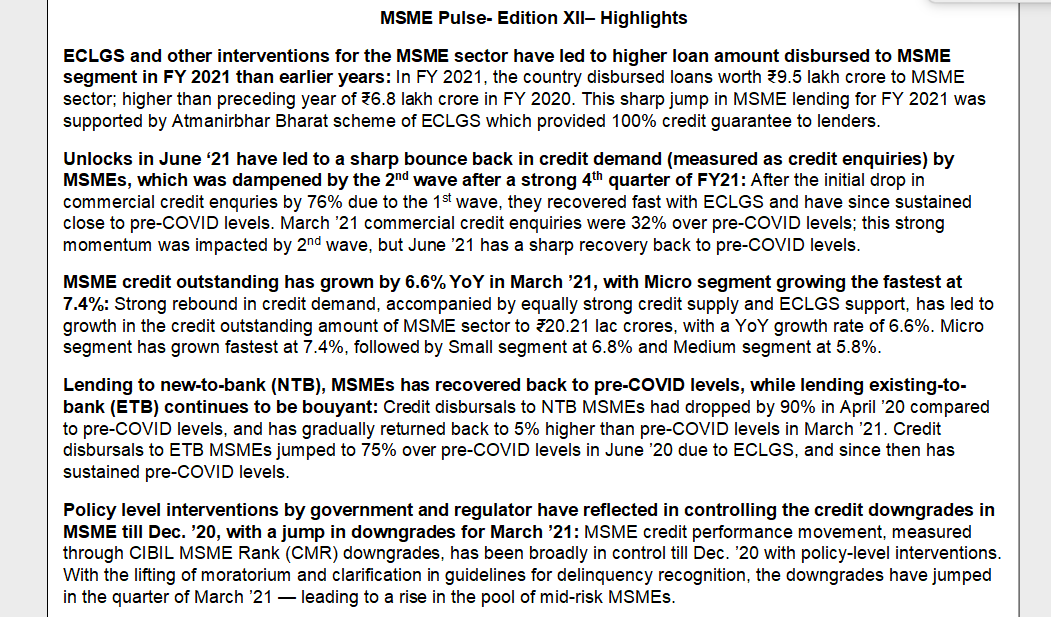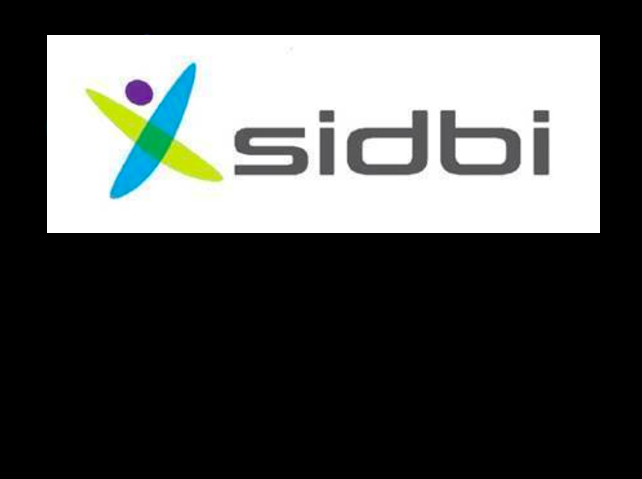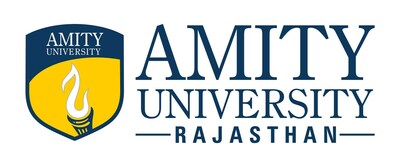Mumbai, NFAPost: Findings from the latest edition of the SIDBI – TransUnion CIBIL MSME Pulse Report indicate that in FY 2021, loans worth Rs 9.5 lakh crores were disbursed to MSMEs. This amount is much higher than the preceding year- FY 2020, when loans amounting to ₹6.8 lakh crores were disbursed.
Government interventions like Emergency Credit Line Guarantee Scheme (ECLGS) under the AtmaNirbhar Bharat program was the major factor in driving this significant surge in credit disbursement to MSMEs.
The total on-balance sheet commercial lending exposure in India stood at Rs 74.36 lakh crores in March 2021, with YOY growth rate of 0.6%. MSME segment’s credit exposure stood at Rs 20.21 lakh crores as of March 2021, showing YOY growth rate of 6.6%. This credit growth is observed across all the sub segments of MSME lending.
Credit demand sees a sharp surge post unlocks after both the pandemic waves
Report analysis shows a significant surge in credit demand post unlocks after the 1st and 2nd wave of the pandemic. Followed by the initial drop in commercial credit enquires by 76% during the 1st wave, they recovered rapidly backed by ECLGS intervention and have since sustained close to pre-COVID-19 levels.
March 2021 commercial credit enquiries were at 32% over pre-COVID-19 levels; this strong momentum was impacted by the 2nd wave, but June ’21 again showed a sharp recovery to pre-COVID-19 levels.
Speaking on the findings of the MSME Pulse, SIDBI Chairman and Managing Director Sivasubramanian Ramann said the MSME credit data speaks volumes of success of ECLGS scheme.
“The scheme has played a major role in 40% Y-o-Y growth in disbursements to the sector, thereby reviving the business sentiments among the MSMEs. The key highlight which signals the revival is credit to new-to-bank (NTB) which has returned back to pre-COVID levels, while credit to existing-to-bank (ETB) remains buoyant,” said Sivasubramanian Ramann
Sivasubramanian Ramann said the recent additional relief measures by government, especially in healthcare, travel and tourism, are expected to improve credit offtake in the MSME sector. “Going forward, the lenders need to continuously monitor the health of credit portfolios, while sustaining credit growth to MSMEs,” said Sivasubramanian Ramann.


Profile of MSME borrowers getting fresh loans has changed in 2021
In order to understand the insights on the key shift in MSME lending, this edition of MSME Pulse covers an analysis1 of borrower profiles of entities getting funded post-COVID wave-1 compared to entities getting funded pre-COVID wave-1. CIBIL Rank (CMR) assigns a rank to the MSME based on its credit history data on a scale of 1-10, CMR 1 being the best possible rank and CMR 10 being the riskiest rank for MSMEs.
Post-COVID wave-1, there’s a reduction in new originations on high-risk MSME entities (CMR 8–10). This reduction is offset by an increase in originations in CMR 6–7, implying lenders have reduced risk appetite in the current uncertain environment.
On the other hand, the analysis brings forth the fact that finding high ranking MSMEs is harder, which is reflected in the fact analysis done using CreditVision® (CV) algorithm of missed payments. The analysis captures the payment behavior of MSMEs across their outstanding obligations. The analysis reveals that:
Of the MSME that were given loans in the period of Jan to Mar ’21, 29% had missed more than one payment in last three months
Of the MSMEs that were given loans during Jan to Mar’ 20, 21% had missed more than 1 payment in the preceding 3 months
This analysis indicates that credit institutions have been open to lending to MSMEs with missed payments but not to MSMEs with absolutely poor CMR (CMR-8 to CMR-10).
TransUnion CIBIL MD & CEO Rajesh Kumar said the belief in India’s growth story is reasserted with the significant surge in MSME credit demand post unlocks.
“This growth story has been supported from the supply side by credit institutions who have astutely implemented government’s pro-growth initiatives like ECLGS and restructuring by using data analytics and solutions from financial intermediaries like TransUnion CIBIL,” said Rajesh Kumar.
Rajesh Kumar said this is commendable resilience and promising prospects of India’s MSME sector signals strong resurgence potential and stands testimony to the stability and strength of our economy,” said Rajesh Kumar.
Regular portfolio monitoring based on CMR vital for controlling stability
An accelerated increase in credit balances in the recent quarters — especially in the Medium Risk and High Risk segments make the case stronger for heightened portfolio monitoring. CreditVision® (CV) algorithms like, trended utilization in credit balances for revolving credit facilities such as cash credit and overdraft loan are analyzed over a period of 12 months.
These algorithms enables further disaggregation of credit bureau data, and when used in conjunction with CMR, provides a sharper risk differentiation.
Split of utilisation within the CIBIL MSME Ranks (CMR) indicates the MSME entities in the highest utilization segment (>78% average Utilization) of CMR 4-5 Rank borrower segment have a bad rate of 13%, while the bad rate for same CMR 4-5 segment borrower reduces to 7% for utilization level below 50%.
Thus, using the trended utilization algorithm, it’s possible to identify pockets of stress within the good ranks, as well as segment better borrowers amongst medium-risk borrowers.
“Backed by the ECLGS interventions, the MSME segment is well supported to drive business growth and economic resurgence. Banks and credit institutions must now focus on a sustained credit growth and on monitoring the health of their portfolios astutely through CMR and CreditVision ® lens to be able to implement timely interventions needed for sustained growth,” concludes Shri Raj.





